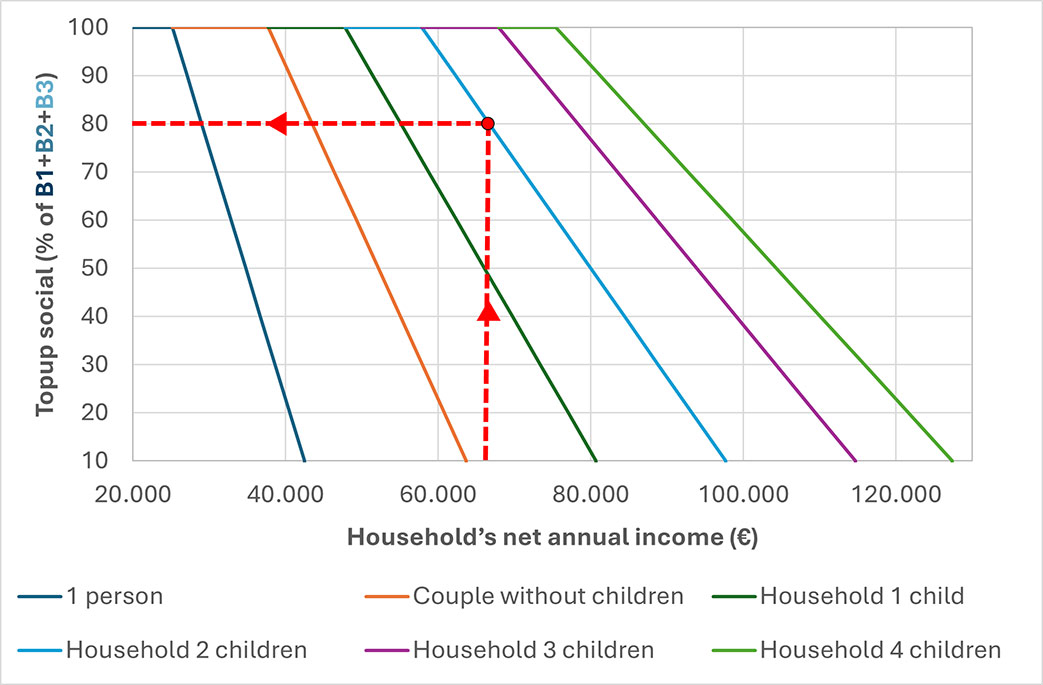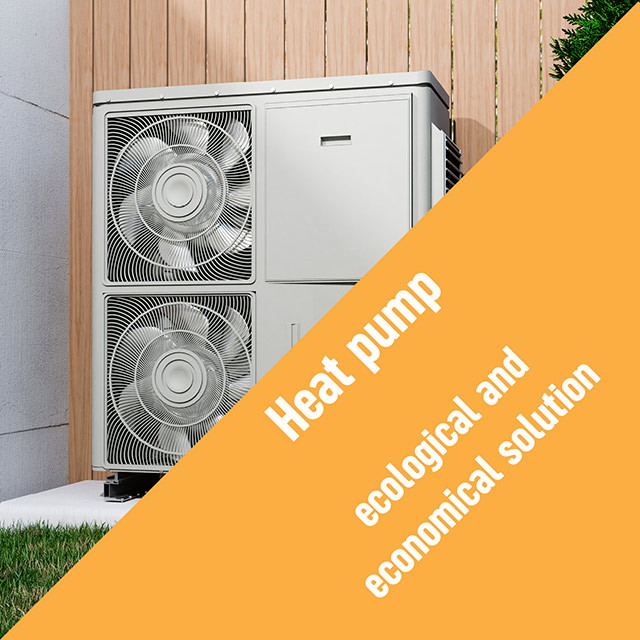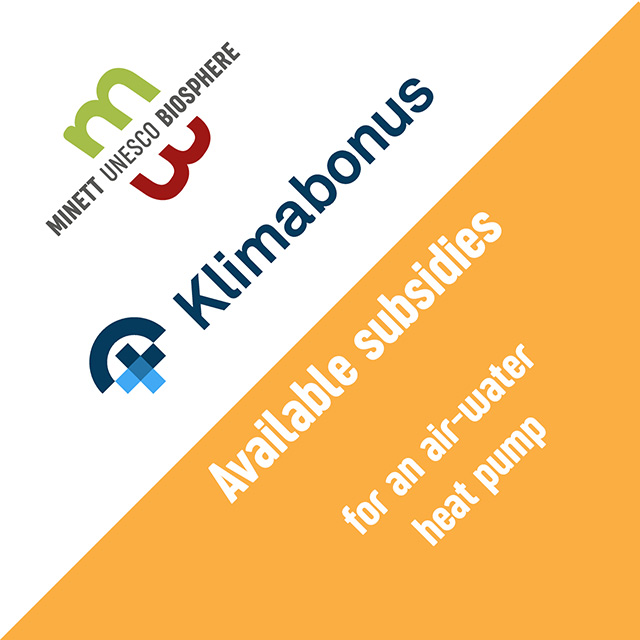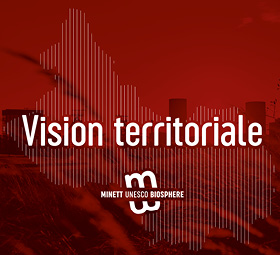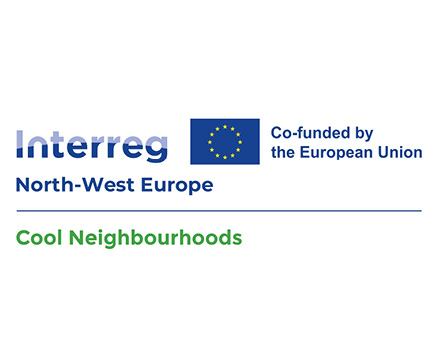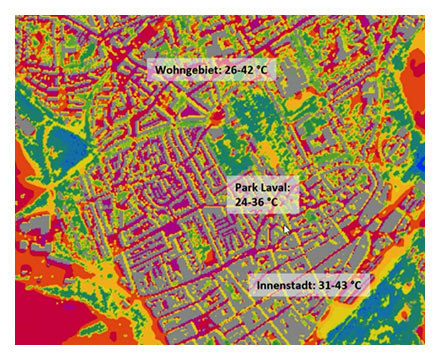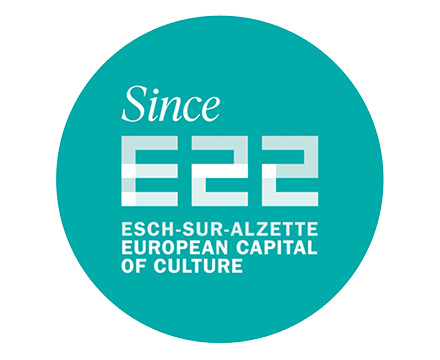 GREEN HEAT
GREEN HEAT


Illustrative example
Let’s consider the example of a quote of 35.000 € (excluding VAT) for replacing a gas boiler that is over 10 years old and a complete installation of a heat pump system with a power of 20 kWth, including the adaptation of radiators in a renovated house.
• The Klimabonus program offers three types of cumulative subsidies (B1 + B2 + B3):
• Base subsidy (B1) : 50 % of actual costs based on the heat pump’s power.
→ For systems below 10 kWth, the base subsidy (B1) can reach up to 5.000 €
→ For systems above 10 kWth, the base subsidy (B1) is calculated as follows: 500 € × heat pump’s power, with a maximum of 12.000 €
• Replacement bonus (B2) : If you replace a fossil fuel (gas, oil) or an electric heating system that’s older than 10 years; To be eligible, you must have a HeizungsCheck carried out by an approuved installer (for further details [click here])
→ 50 % of the base subsidy B1
→ If replacing an oil boiler, 50 % of the cost of removing the oil tank (up to 2.000 €) is also subsidized.
• Radiator and heating pipe adaptation (B3) : If you need to modify your radiators or heating pipes:
→ 50 % of adaptation costs, up to 2.000 €
Thus, in our example, we would be eligible for 10.000 € (B1) + 5.000 € (B2). If the cost of adapting the radiators is estimated at €3,000 in the quote, an additional subsidy of 1.500 € (B3) would be granted, bringing the total Klimabonus subsidies (B1 + B2 + B3) to 16.500 €.
The Topup social (C) is an additional grant that depends on the household’s net annual income and composition. Using these two pieces of information, you can estimate your Topup social (C) by referring to the chart below. Keep in mind that these values are indicative and change according to the cost-of-living index.
In our example, the household is a couple with 2 children and has a net annual income of approximately 66.000 € (or ~ 5.500 €/month). We must refer to the blue line on the graph to find out the Topup social (C) subsidy. For more details on how to calculate your annual income, see page 10 (Art. 11) of the linked document [click here].
In this specific case, illustrated by the red dashed line, the Topup social subsidy corresponds to 80 % of (B1 + B2 + B3), which means 80 % of 16.500 €, i.e., 13.200 € (C).
Your municipality also offers subsidies (D). Those provided by the municipalities of the Minett Biosphere are listed in the table below.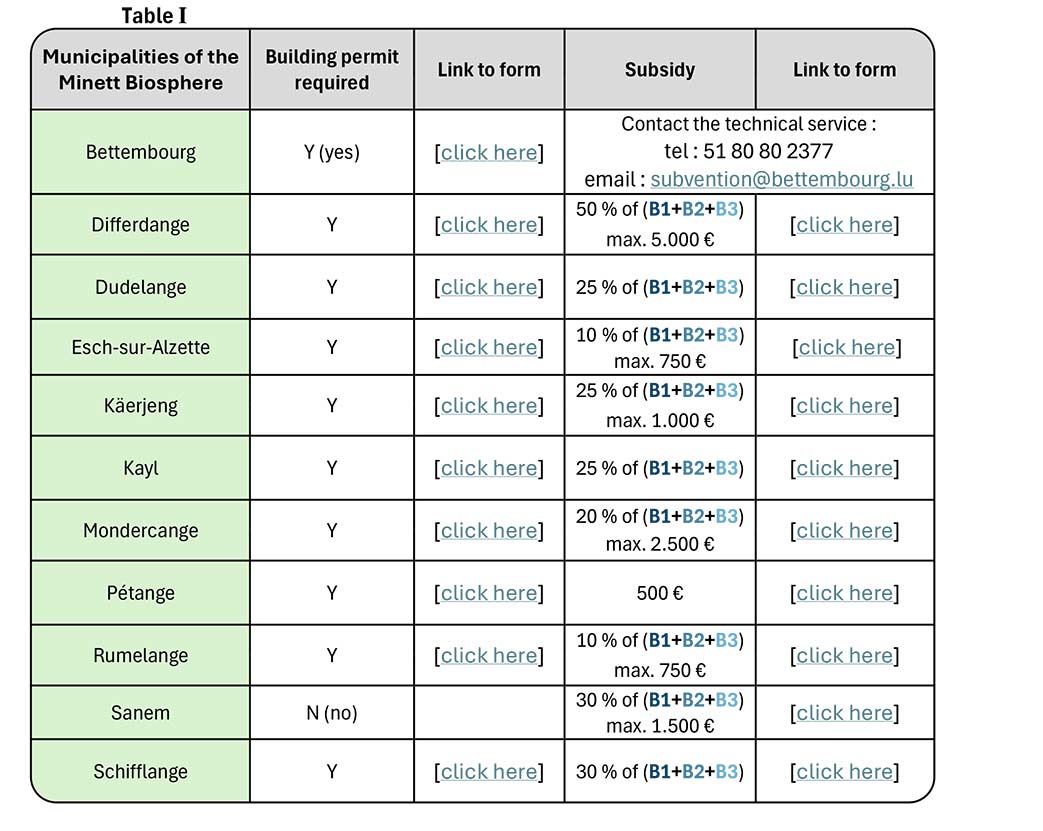
Let’s take the example of a 25 % subsidy (of B1 + B2 + B3). This results in an additional 4.125 € (D).
Finally, depending on your installer, you may benefit from a supplier’s subsidy (E) which is calculated upon request.
In our example, let’s assume a value of 1.500 €.
Altogether, our fictional household could receive subsidies totaling 35.325 € (of which 16.500 € B1 + B2 + B3 ; 13.200 € C ; 4.125 € D ; 1.500 € E).
This means that the initial investment of 35.000 € could be 100 % recovered through the accumulation of subsidies, allowing our example household to benefit from a free and eco-friendly solution while increasing the value of their home and contributing to a sustainable future.
Given the numerous financial aids currently available, investing in a heat pump for your home represents a unique opportunity. Every citizen can contribute to a sustainable and environmentally responsible society while enhancing their property value and controlling their energy expenses.
You can also find these subsidies using Klima-Agence’s aid simulator [click here], which allows you to calculate the available financial support for your projects.
Are you ready to switch to greener energy? Share your questions and experiences with us on our social media!

